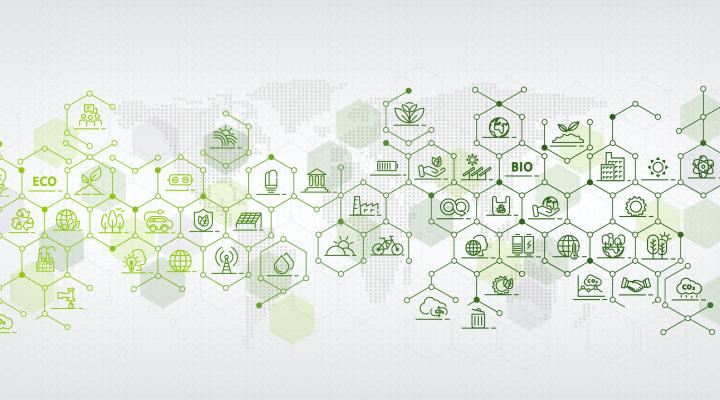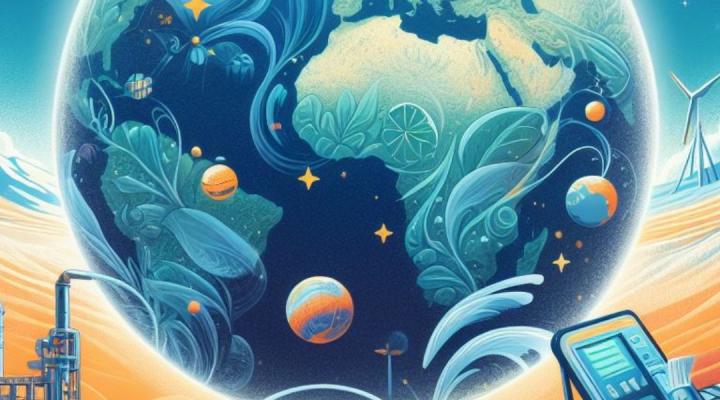A circular economy is an economic system where products and services are traded in closed loops or ‘cycles’. It is an economy where growth is not fuelled nor dependent on finite resources.
Although different organisations that focus on circular economy have varying definitions, we found in our study that many agree it is characterised as an economy which is regenerative by design, with the aim to retain as much value as possible of products, parts and materials.[1]

Digging a bit deeper... we found a consistent view of the overall aim of a circular economy.
- Transitioning out of a ‘take, make, dispose’ linear model
- Creating a system that allows for longevity, optimal use, refurbishment, remanufacturing and recycling of products and materials while maintaining a continuation of quality of products for the users, which can be achieved without loss of revenue or extra costs
Ellen MacArthur Foundation Principles of Circular Economy:
- Design pollution and waste out of the system
- Keep material and products in use at optimal level
- Build and restore natural capital and regenerate natural systems
Wicked problems need systemic approaches
Wicked problems
A circular economy, therefore, requires fundamental changes across multiple systems. The ultimate goals of reducing resource consumption and environmental pollution underlying the concept of a circular economy are complex problems with unclear solutions.
These kinds of wicked problems cannot be addressed by an individual company or an individual country in isolation.[2]
More people are waking up to the realisation that growth cannot continue in the same way it has in the past. Instead we must look at accelerating a transition to a circular economy where growth is no longer dependent nor fuelled by finite resources.
System change
Scholarship and practice on business and the environment over the last decade has begun to acknowledge that unless there is a shift in focus to the systemic nature of environmental problems and their respective solutions, we are unlikely to see the kinds of changes required to address biodiversity loss, climate change, and natural resource depletion. Sustainability and approaches like circular economy that aim to provide solutions to complex environmental problems, by definition have a focus on systems and not on individual actors.
Ecosystems
‘Sustainability is a system-based concept and environmentally at least only begins to make sense at the level of ecosystems and is probably difficult to really conceptualise at anything below planetary and species levels’.[3]
This piece is reproduced on Oxford Answers from an original report, ‘The Circular Economy: Boundaries and Bridges’.
[1] Circular Economy definition based on interviews conducted with members of PACE. The following organisations participated in the interviews Philips, GEF, WRI, DSM, UN Environment, Accenture, DSGC, ING, Circle Economy, EMF, IRP.
[2] Markides, C., & McGahan, A. 2015. What if small changes really could change the world?. London Business School Review, 26(3), 40–44.
[3] Gray, R. 2010. Is accounting for sustainability actually accounting for sustainability... and how would we know? An exploration of narratives of organisations and the planet. Accounting, Organisations and Society, 35(1): 47–62





